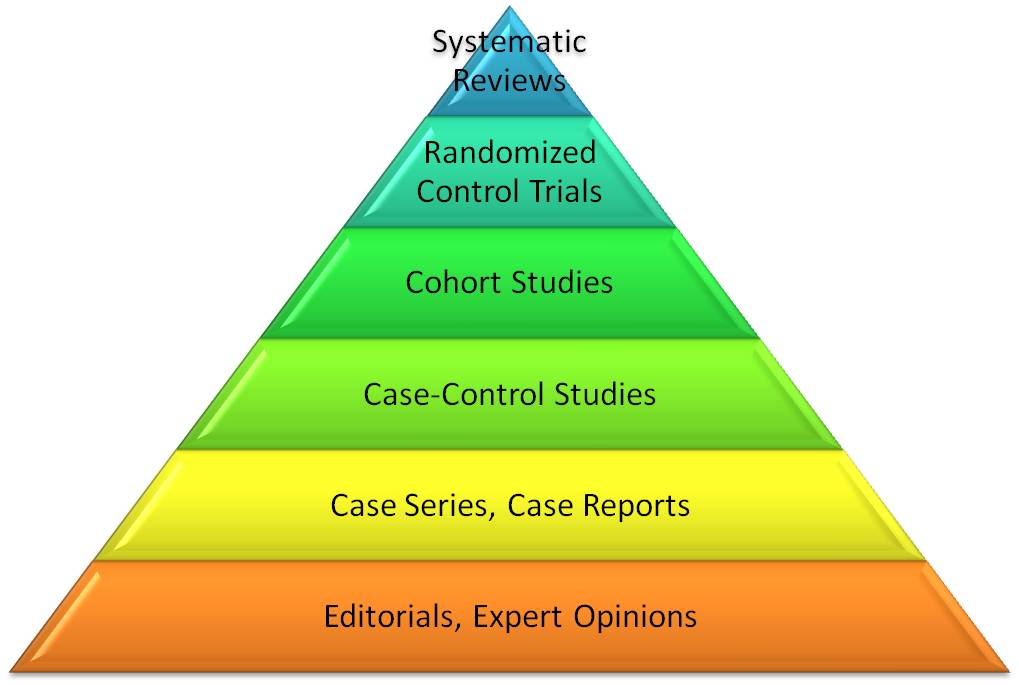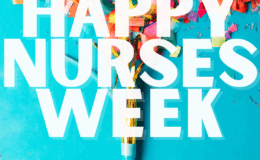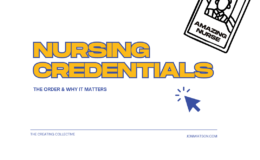This article is part of the Nursing Research Challenge. Thanks to a colleague championing health literacy in my workplace for sharing this article with me!
The Article: Koh, H. K., Brach, C., Harris, L.M., & Parchman, M.L. (2013). A proposed ‘Health Literate Care Model’ would constitute a systems approach to improving patients’ engagement in care. Health Affairs, 32(2): 357-367.
Big Idea: Health literacy is people’s’ ability to obtain and understand basic health information. Numerous studies indicate a large portion of Americans have low health literacy skills, which is not linked with formal education status or other socioeconomic variables; yet, health literacy remains one of the key drivers for positive patient outcomes, and it is seldom addressed via a systems perspective. This article discusses the authors’ Health Literate Care Model and how it should be and could be infused into healthcare organizations’ values and processes via “health literacy universal precautions” to improve patient empowerment, care, and health outcomes.
Survey Says!: This article is not research. It is, however, a valuable part of the levels of evidence as it is expert opinion based on other levels of health literacy evidence.
Quotable: “Patient engagement in health care has been termed the “blockbuster drug of the century,” with the potential to transform the practice of medicine. As noted in the Affordable Care Act, however, engaging patients in their own health care fundamentally relies on health literacy—that is, their ability to obtain, process, communicate, and understand basic health information and services. Unfortunately, relatively few people are proficient in understanding and acting on available health information to fully engage in their own care [references]” (p. 357).
“In too many clinical encounters, patients fundamentally do not understand the medical information presented to them [reference] and therefore cannot act in an informed fashion. In fact, the only national health literacy survey conducted to date shows that just 12 percent of Americans are proficient in completing tasks considered essential to successfully navigating the health system and acting on health information [reference]” (p. 358).
“Health literacy experts have begun to advocate health literacy universal precautions [reference]. Initially, the concept of universal precautions applied to across-the-board preparations instituted by health care organizations to prevent the transmission of blood-borne diseases among patients…Adopting health literacy universal precautions acknowledges that the complexity of the health care system challenges virtually everyone” (p. 358).
So What?: The authors discuss several innovative strategies for organizations to become “health-literate organizations,” incorporating a systems approach to health literacy. The concept of health literacy universal precautions is a novel but “simple” one that many organizations or even individual teams or units could implement. In addition, the authors also give several health literacy resources, such as the Health Literacy Universal Precautions Toolkit, to help organizations in this effort. You should definitely read this article, and if you’re a patient, you should absolutely pass it forward to your providers for them to share with their senior leaders.







Celia Schulz
October 17, 2016 7:46 pmI am writing to ask permission to use the Levels of Evidence Pyramid image in your article in a presentation I am going to do at a conference.
Thank you,
Celia Schulz
Nursetopia
October 17, 2016 8:10 pmHi, Celia. Yes, you are welcome to use it with proper citation. Thanks for asking. Hope your presentation goes well!